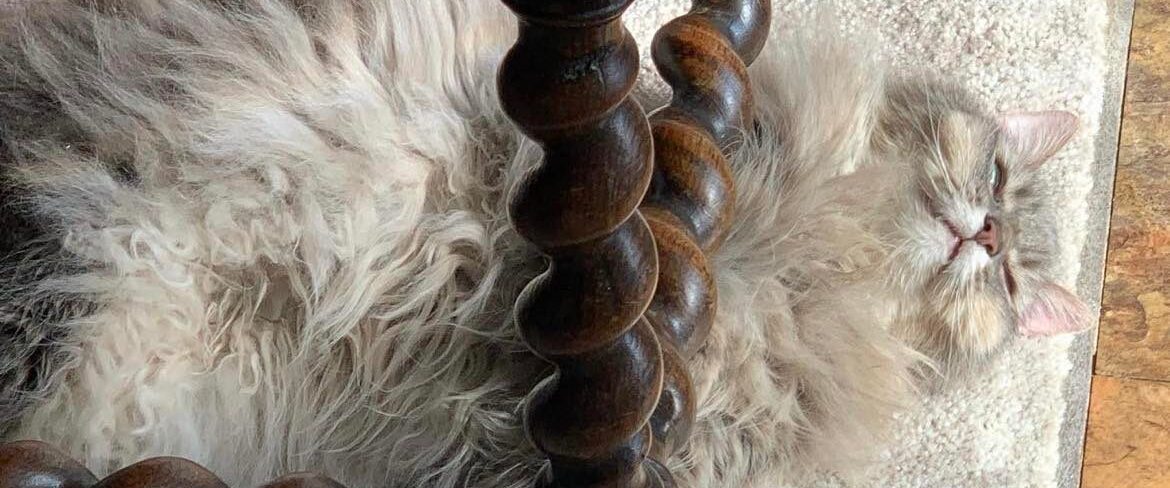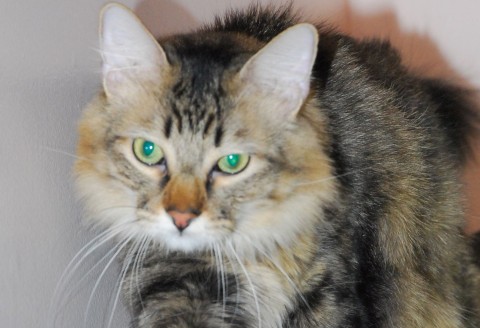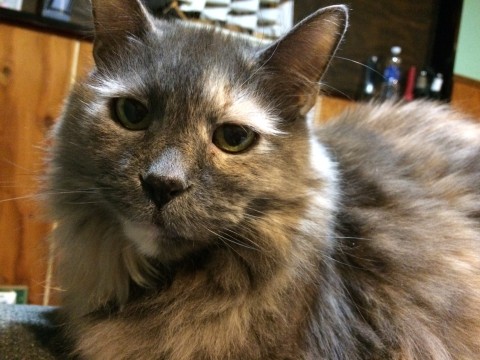We’ve known for a long time that babies take their emotional cues from their parents. When presented with something new, they watch their parents’ reactions carefully, and react in similar ways. The same is true of dogs. Until recently, however, it was thought that cats did not take emotional cues from us. However, there is research that shows that cats’ moods, too, can be affected by our moods and reactions.
Researchers have watched cats’ moods and behavior carefully
According to an article on NPR, researchers at the University of Milan in Italy studied 24 cats and their parents in an attempt to match experiments done with dogs and their parents. The researchers put people and their cats in a room with a fan that had green ribbons attached. They allowed the cats to explore the room, and then told their people to react to the fan either positively, negatively, or neutrally.
When people were neutral towards the fan, more than 75 percent of the cats would look back and forth between the fan and their owner, trying to see how they should react to the stimulus. That number closely aligns with the number of dogs that did the same thing in similar experiments, showing that cats, too, use us to determine how they should feel about something.
The same was true of cats in the negative group. In fact, NPR says they would start moving towards the screen that both hid the camera and represented the only way out of the room when they realized their parents were upset about the fan.
Our own stress and anxiety can negatively affect our cats’ moods, behavior and health
What does this mean for our moods? An article on Catster explores whether our own stress and anxiety affects our cats’ moods, behavior and health. Author Keith Bowers talks about how his stress over several different things in his life affected his cat, Thomas. Thomas was a very outgoing, friendly, social cat. He greeted first-time visitors with enthusiasm, instead of caution, or even running away. That’s how friendly he was.
While Bowers was going through some rough times, he believes Thomas suffered several episodes of what’s known as feline hyperesthesia syndrome. Thomas would run away from things that weren’t there. He would twitch his back all the time. He groomed his flanks excessively. His mews were full of desperation.
Feline hyperesthesia syndrome has no known cause, but may be a neurological disorder, or triggered by trauma. Bowers has no proof, but since Thomas had gotten a clean bill of health at the vet, he and his wife believe that Thomas’ weird behavior was triggered by their severe stress and anxiety.
While Bowers’ story is anecdotal, it does lend credence to the study in Milan. Or rather, the study in Milan lends credence to the idea that Thomas’ episodes were related to his family’s anxiety. So it’s important that we “mind our moods,” as NPR’s headline puts it, to help our cats’ moods and health. This doesn’t mean bury your emotions, though. It just means be mindful of what you project, and how you project it.




